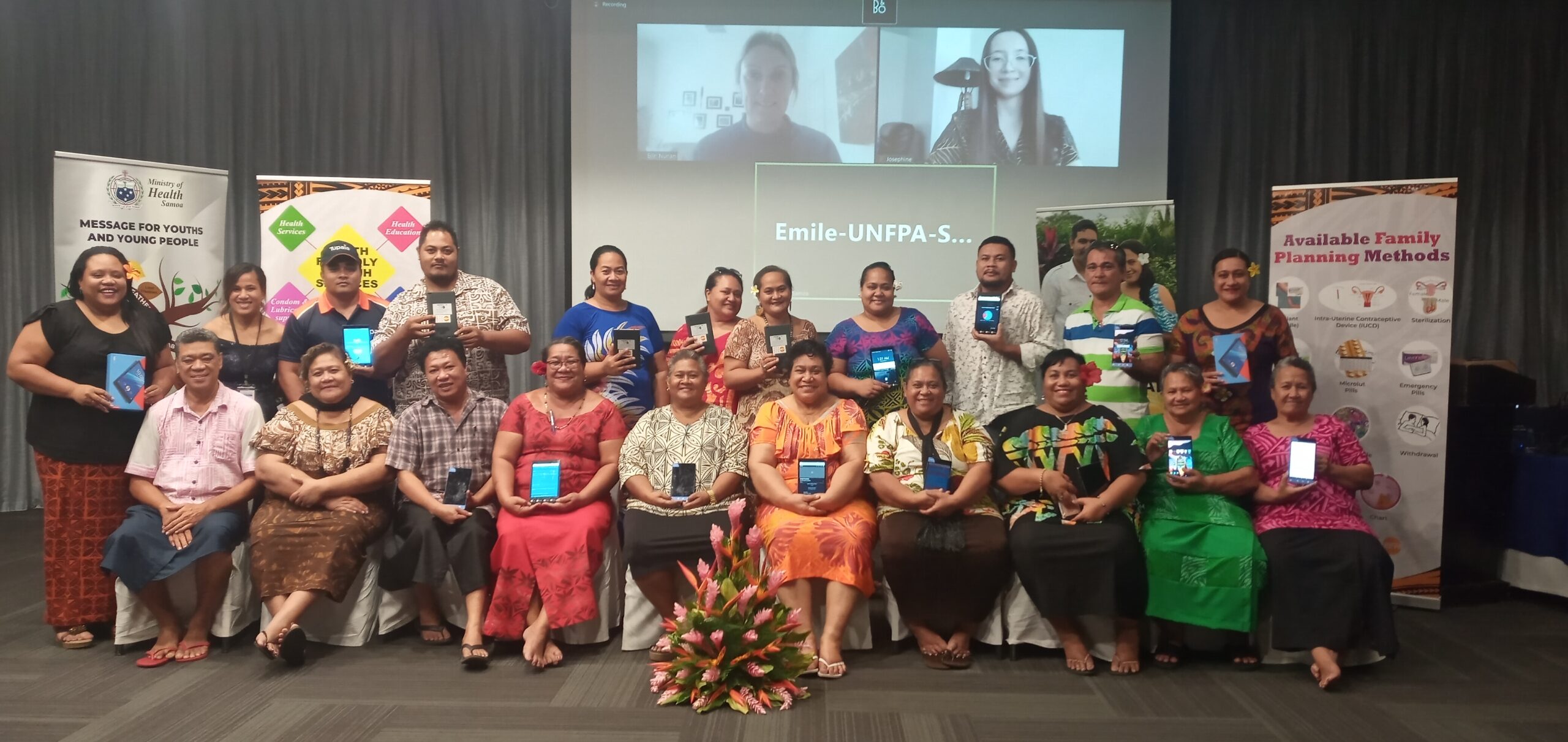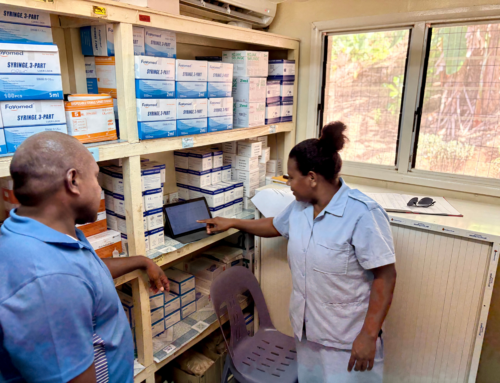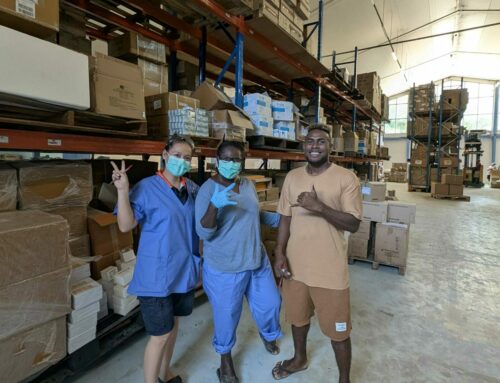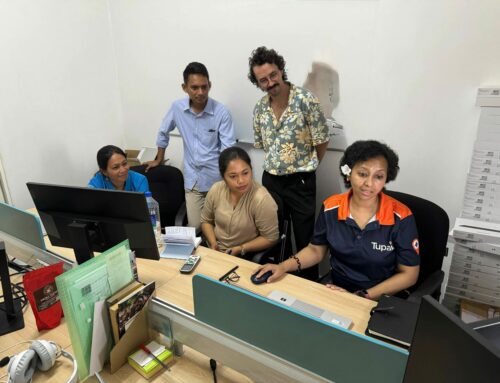Access to reproductive health services is a massive stepping stone to reducing maternal mortality, improving educational outcomes for girls, improving work opportunities for women and raising living standards. Across the Pacific however, access to these services can be made more difficult by distance, poor baseline health literacy and supply chain problems.
BES is working with the United Nations Population Fund (UNFPA) Pacific Sub-Regional Office (PSRO), to support the ‘Transformative Agenda for Women Adolescents and Youth in the Pacific’. The Transformative Agenda (TA) programme invests in improving sexual and reproductive health in six priority countries: Fiji, Kiribati, Samoa, Solomon Islands, Tonga and Vanuatu.
UNFPA is using Tupaia to build a real-time, regional map of reproductive health services and commodities. In Tupaia, data is coming in from multiple sources to populate visuals showing information important to planning reproductive health services. This allows regional bodies to target services and resources to the areas of the greatest need, with a focus on supply chain strengthening.
The programme seeks to reduce unmet family planning needs in the Pacific, with three identified programme outcomes: increased and improved supply of integrated sexual and reproductive health (SRH) information and services, particularly for family planning; increased demand for integrated SRH information and services, particularly for family planning; and a more conducive and supportive environment for people to access and benefit from quality SRH, especially contraceptive choice.
How does it work?
Every health facility across countries was surveyed initially to provide a baseline level of information on the availability of reproductive health commodities, equipment, medicines, human resources and services. This data was imported into Tupaia and is built upon yearly, when each facility is again surveyed during a National tour.
During these tours, our mobile data collection app Tupaia MediTrak is used to collect updated data from the health facilities, allowing graphs over time to show any progress as to the improvement of services, or to direct where further support would be of benefit. The data can be shown at facility level, or aggregated to give an overall view of how a district or province or country is tracking.
Included in this data collection process is an ongoing import of data into Tupaia on staff training. This includes information on which facilities have had staff attend trainings and what they have been trained on, to help address training gaps where they exist in provinces or facilities to ensure all women have access to a facility with sufficiently trained staff.
On Tupaia, you can see exactly what supplies each clinic has in stock
Through Tupaia, we have data coming into the reproductive health platform about family planning commodity availability for those countries that use the stock management system mSupply (Kiribati, Solomon Islands, Vanuatu, and Tonga) at the national medicines warehouse.
BES also supported the roll out of mSupply at the UNFPA central warehouse in Suva, Fiji. From this warehouse, Pacific Island Countries can order required family planning commodities, and now the warehouse is able to use the forecasting, tender and procurement functions in mSupply to ensure there is always sufficient stock to meet these needs.
What this means is that stakeholders can look at Tupaia and quickly identify the supplies that are available at each health facility across all six countries in the region. One facility may have condoms and IUDs but is running low on emergency contraceptives. Another facility nearby may have plenty of emergency contraceptives, but no services for pregnancy testing and insufficient condoms available.
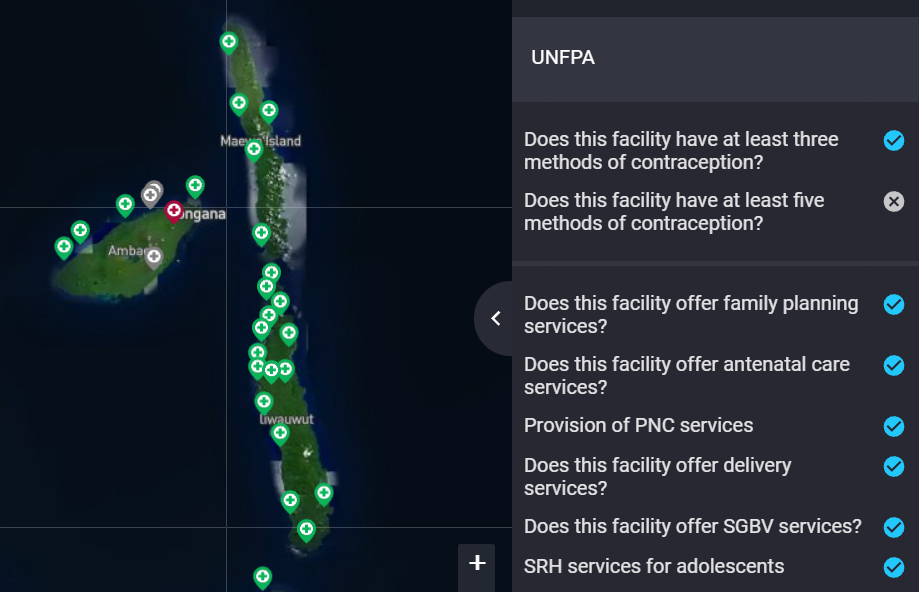
The availability of country level stock status information from mSupply allows UNFPA to detect regional supply issues, country level supply issues and sub national bottle necks and provide support and advice as required. Next steps for this project include adding live information on the availability of items at the Fiji warehouse to Tupaia, so there is oversight at each country level on the availability of items within the Pacific.
In Tonga, the Reproductive Health team in the Ministry of Health can view the UNFPA reproductive health module described above, as well as other important data they need to support decision making and reporting – all within Tupaia. Tonga uses Tupaia to display Health Information System (DHIS2) data (such as contraceptive prevalence rate), and this data is captured at the facility level using Tupaia MediTrak. We thus have a growing workforce of people becoming adept at using the MediTrak data collection tool and using Tupaia to view a range of health data, so staff need only learn to navigate a single system to collect and view the data they need.
In Kiribati, the physical monitoring and the monthly review of mSupply reports have contributed to increasing the share of health facilities with no stockouts of any contraceptives from 2 per cent in 2019 to 67 per cent in 2020. Not just that, but data indicates the increased use of family planning commodities and a rise in couple-years protection.
The future of reproductive health in the Pacific
The long-term impact this project strives for is greater oversight as to the availability of reproductive health services in each of the participating countries. Countries will be able to use Tupaia to show where, for example, facilities offer family planning services, and where there are gaps in the family planning commodities available to support the offering of these services – and support Ministries of Health to plan to rectify these discrepancies.
The overall aim is to improve service availability to all women living in the 8 participating countries by ensuring they have the commodities, equipment and staff available to meet family planning and reproductive health needs.
Want to learn more about Tupaia? Visit our product page here.
Want to explore the data yourself? Check out tupaia.org
